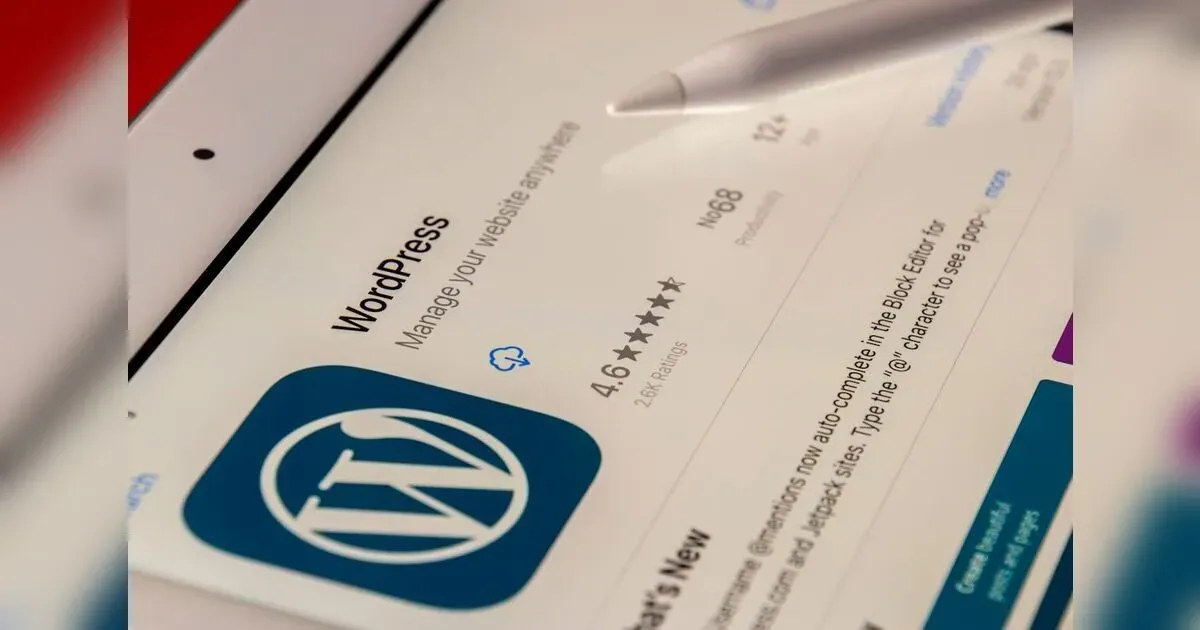Introduction
Most small business owners agree that problems with cash flow are the biggest financial dangers they face. In fact, a study by the U.S. Bank shows that, shockingly, cash flow issues contribute to business failure by a massive 82%. The goal of a business is often high revenues, but unfortunately, cash is the life of a business, and many SMBs overlook it. There is nothing as devastating to a business as running out of cash yet there are bills to be paid, employees to be paid and business needs to be met. Otherwise, even those companies which produce gross revenues, can get into more serious trouble if they cannot meet their short-term obligations.
In the following article, we look at some critical insights that any small business owner should consider and apply concerning cash flow. In the previous lessons, we have covered cash flow forecast, cash receipts and payment, dealing with seasonal variations and tools for tracking cash flow. Any person seeking to balance his or her cash flow or boost the financial performance of the business will find these tips helpful in charting a path to success. It is now time to focus on the essentials of cash flow management and find out how these rules work for your organization.
Understanding Cash Flow: What It Means for Your Business
Cash flow relates to the movement of cash within and outside the business. The former is when you are taking more money in than you are putting it out, and the latter is when you are putting more cash out than you are receiving it, disproving the cash flow profit It is different from profit that is the net amount of money you get from your total sales less your total cost. A company can show high levels of profit in the balance sheet and poor cash flow if it fails to meet its obligations in time.
The cash flow is significant for small businesses because it determines their daily operations, Tear pay, or fixed assets purchasing and investment. Effective management of cash flow allows a business to have adequate cash to run its operations at any one time including the off-peak times.
The Importance of Cash Flow Forecasting
The more traditional technique in cash flow management is known as forecasting. Cash flow projection is a forecasting of future balances of cash receipts, gaining an ability to expect difficulties with cash deficits or possibly have a cash surplus. When done well, you will be able to forecast when you are most likely to receive cash and at other times when you are likely to spend it and as such, you will not be caught off guard.
This kind of planning should be a periodic exercise; whereby projections are done on a weekly, monthly or quarterly basis depending on the kind of business. First of all, one should turn to historical data on sales and expenses. Budgeting not only assists you in preparing for cash shortfalls it also provides information on when to expect plenty of cash so you can invest wisely.
Monitoring System for Cash Inflows and Cash Outflows
This means that cash flow management involves the proper Prophet tracking down of cash receipts and payments. The sources of cash inflow involve sales, loans, investment and other income. They include renting premises, purchasing inventories, supplying utilities, paying employees’ wages, meeting loans, and more.
To achieve this, it’s important tally every cash flow and group them according to their nature. Small firms mostly apply accounting software in performing this process as it is easier to notice some tendencies or face some problems. Scheduled monitoring enables a business person to observe whether it is earning more than it is spending or not and if so whether changes are required frequently to avoid situations where it runs out of cash.
The next plan for managing cash flow is to set a budget.
Budgets occupy an essential place in cash flow management because they enable the regulation of expenses. A realistic budget also offers a financial strategy showing how much one can spend in a given area. This will consist of expenses that are incurred in the course of the financial year for items that are not likely to change within that particular financial year like rent and salaries for employees on the company payroll, as well as other expenses which change from time to time like marketing expenses, Stationary and other consumable items.
When serving a clear budget, you can refrain from overspending, and this consumes a lot of cash leading to acute cash shortages. For instance, if you budget for purchasing inventory, then you do not make large purchases which keep large sums of money tied up in stocks.
Managing Accounts Receivable: Speeding Up Cash Inflow
Accounts receivable management, as known as credit management, simply put, is managing your customers so they pay you as soon as possible. Receiving payments after services have been rendered is inconvenient because they affect cash flows in the operating costs. However, the following suggestions can enhance AR management and help collect the money as soon as possible: Invoices should be generated and sent as soon as possible, thus follow up on any account that is past its due date, and think about providing some incentives in order to make customers pay earlier.
The first useful recommendation is to set specific credit terms of payment. For instance, the “Net 30” payment term implies that the payment is expected to be made within 30 days from the date of the invoice. Some of the businesses also have a tradition of charging extra fees for late payments. In another level, accounts receivable must constantly be checked and monitored to increase cash inflow, as well as ensure a strong cash position.
Controlling Accounts Payable: Managing Outgoing Cash
Although it essential that you receive payment as soon as possible, this also helps delay your payments to suppliers, which is an effective way of increasing cash flow. However, it is a minor issue of give and take because delaying payments can lead to strained relations with suppliers or poor credit.
Of these methods, one of the most effective would be adopting flexible payment options from the buyers. For example, you may enquire from your suppliers whether they extend Net 60 or Net 90 credit, which gives you more time to pay. Wider options include price cuts for faster payments, which are cheaper in the long run for cash flow purposes. Effective management of accounts payable should be strategic so that the cash stays longer in a business to address diverse requirements.
Handling Seasonal Cash Flow Fluctuations
It is common for many small business owners to face times during the year when their cash influxes are higher and lower. For example, while those selling products to retailers will make a lot of cash during the holiday season, the same retailers may do little business during another part of the year. Being aware of these variations and trying to forecast them is vital to achieve equable cash flow.
It is important to develop seasonal cash flow projections to be aware of the level of flow in the season that is most active and least active. It is important for one to open a reserve fund during the months in which one has lots of cash. This reserve helps fill your cash flow gaps during slow months and can be a reliable way to keep your business active throughout the year without having to borrow money.
Building a Cash Reserve: An ‘Emergency Fund for Stability’
A cash reserve is the money put aside for emergencies or times when business is weak. Experience has shown that it is wise to save money equal to three to six months of business expenses in an emergency fund. This reserve can really be handy in situations when there is an urge to boost up the finances, for instance, due to breakdowns or reductions in sales.
While having cash in a reserve means avoiding emergencies or the need to take high-interest loans, it feels good to know that such cash is available. To establish a cash reserve, take money from your earnings and put it aside for this purpose monthly by starting with the kind of expenses you can only meet halfway.
Effective Management of Cash Flows with the help of Financial tools
There are many applications and software available for conducting business cash flows and solving the problem of maintaining effective financial control. Quickbooks, Xero and Freshbooks are some of the accounting software used in tracking revenue expenditure and in relaying cash flow forecast information.
Also, it means that cash flow management tools are equipped with features such as invoicing, bill payments, financial summaries, and live cash flow reports, among others. Applying the mentioned tools may lead to particular process simplification and help determine your financial situation based on fresh statistics.
Debt Management: Balancing Borrowing and Repayment
Although loans and credit lines are typical cash flow management, facilities may cause cash flow pressure. Debt must always be paid; thus, small businesses should keep debt repayments separate from daily operations to avoid interruptions.
It is recommended to pay off debts with high interest rapids, if the goal is to put less pressure on the financial standing of the family. It also considers interest rate refinancing possibilities because lower interest rates could do wonders for the company’s cash flow prognosis. Appropriate borrowing shows that you have the money for basic needs rather than grappling with huge repayments.
Pricing as a Tool for Managing Cash Flows
The pricing decisions you make have more implications on your cash flow. This is the exact reason why when putting a price it has to be doable enough not to cut across costs for an organization while not being too expensive that it will drive out traffic. That is because the correct pricing strategy serves the purpose of continuously generating a steady flow of cash and at the same time, provides value in satisfying the market needs.
Build up the terms for cost and quantity, for example, give better deals for larger quantities or adopt a system whereby a company sells its products for a charge that is considered as consistent revenue. When you coordinate your pricing with your needs’ cash flow, the company is in a position to generate steady income inflows that are healthy for any business.
Reining in non-essential expenditure in a bid to ‘release’ funds
It is often possible to find many expenses that one can eliminate without in any way affecting the business operations if they engage in a regular review of their expenses. Reducing operational costs helps to develop resources that can be invested in important sectors or retained for future purposes.
He suggested reviewing daily, weekly or monthly expenses such as subscriptions, stationaries, and bills, among others. Occasionally, one saves money by changing its supplier or by re-evaluating the terms of a contract. Any amount that is saved means one less that has to be fixed before receiving it and funding the income needs, a more advantageous position financially speaking.
Leveraging Technology for Improved Cash Flow
Various activities on cash flow processes can be automated to decrease the working time as well as to minimize mistakes. Automation such as invoices can be automatically handled, payroll can be processed, and outstanding Invoice Reminders can be automatically generated to ensure cost-effective ways of managing cash are implemented.
It is recommended to implement systems that require less time for payment use of electronic payments. Automated payment systems result in on-time payments, a higher accounts receivable turnover and, therefore, overall better cash flow.
Establishing Relationships with Vendors & Customers
While vendor relations work in the same way, good customer relations may also help to manage the cash flow. With vendors, it is the strong relationship that may make them offer you easy payment options or even a discount. To customers, engaging in building trust helps to ensure that payments are made on time and that there are no problems associated with late payments.
For instance, establishing client relationships as a strategy can encourage customers to buy the same products again and boost the cash position. Regular communication with both groups means that there are few sudden shocks financially and that the company benefits from steady streams of cash.
Conclusion
The main idea suggested by this research is the very important role of working capital or its proper flow in determining the survival and development of most small business organizations. This way, you can keep a check on your cash coming in and going out, set up budgets that are achievable, track sales and purchase orders, and prepare for swelling, likely at certain times of the year, so your business stacks the odds in its favour and stays financially fit. Recording of daily cash flow, developing a reserve, and maintaining a good relationship with vendors or buyers even more help to support the stability of cash flow. Being cash flow neutral is not a good thing, and it is not all about keeping your books balanced; there is a lot more to cash flow planning than meets the eye, and the aim is to avoid financial woes while setting your business and personal corpus on the right trajectory for the future.

























